When was the last time you carried out a competitive analysis? Whether your competitive analysis needs a refresh or you are starting from scratch, you are in the right place.
The fight for the consumers’ attention has never been greater. In the first half of 2021, there were nearly 80 businesses registered per hour in the UK! You need to be able to get ahead of your competitors and keep fighting for that top spot.
A competitive analysis is a crucial part of any marketing strategy, to achieve a better understanding of your market and to keep ahead of your competitors.
What is a competitive analysis?
A competitive analysis is a strategy used to carry out in-depth research on your competitors to achieve a greater understanding of their product, sales and marketing tactics. Once completed, you should aim to consistently update your competitive analysis on a monthly basis, if possible.
On a monthly basis, you may report on the recent campaigns of your competitors, their social media channels, and how they have jumped on new trends.
How to conduct a competitive analysis?
The way you choose to assess your competitors is completely down to you but you should analyse competitors based on what is important to your business. For example, if you are a clothing brand, you might want to assess your competitors based on how they photograph items, whether or not they offer free delivery or what their email strategy looks like for first-time buyers. Your metrics will vary depending on the kind of business you are tasked with marketing.
For those of you just getting started, follow this step-by-step guide on how to complete a general competitive analysis for your business.
Identify ALL of your potential competitors
*Newsflash* You will need to know who your competitors are to complete a competitive analysis. Think about exactly who your competitors are and who they could be in the future. Don’t completely rely on your own knowledge, carry out research into companies that have similar marketing strategies to you. A great tool to use for this is the Amazon “Find Similar Sites” website, which provides you with similar websites to your business. This may help to identify any unknown competitors.
Conduct a SWOT analysis
If you haven’t already completed a SWOT analysis for your own company, make sure you do this first. This will identify what is working well in your company, what you could improve and opportunities and threats that could potentially impact your company. Then, you can conduct a SWOT analysis of your main competitors that you’ve found from your research. By doing this for all your competitors, you will have a clearer understanding of how you compare to these businesses.
Analyse the customer experience
Your customers are the heart of your business; you need their customer experience to be seamless. You’ll want to know what customers are saying about your competitors to be able to accurately compare yourself. The purpose of a competitive analysis is to understand what you can do better than your competitors to make your customers favour your business. The easiest way to do this is for yourself to experience the customer experience.
Do they have an engaged audience on social media? How can you improve your social engagement based on what you’ve seen your competitors do? These are all factors you should be considering when assessing each company.
Access their online presence
You can tell a lot about a company based on its online presence, and so can consumers. There is a range of research tools you can use to review a company’s online performance. Make sure you are recording the relevant KPIs of your competitors (for example, the amount of engagement on their social media channels) and compare this with your company.
You should be constantly checking and updating your own online presence to keep ahead of other businesses.
The three simplest ways to check the online presence of a company is to search the business name into the search engine, check your local listings and review your social pages. Ensure all details are correct and up to date.
Display your findings and reflect
Reporting your findings is sometimes just as important as doing the research. It is important to make a record of your findings to decide what your next steps will be. Most people choose to report their findings in a table for easier comparison with each business but choose what works best for your company.
Make sure to decide on key improvements that you plan to make in your company based on your analysis. By presenting this data clearly, you will be able to demonstrate your findings to others in your company to explain which direction your business will choose to go in.
Track and monitor the performance of your competitors
After all that hard work, you can’t now shelf your findings and forget about them. Once you’ve conducted your competitor analysis, you will need to continue to keep a track of what your competitors are doing on a regular basis. This can be done with the help of online tools, such as Mention, which can help you be inspired by your competition and elevate your own strategy. Mention is a media monitoring tool that allows you to add brand names to track online mentions of your competitors.
It may take you some time to research and conduct a complete competitive analysis for all your business rivals but it’ll significantly help your business and marketing efforts in the long run. You’ll achieve a better understanding of your market and learn how you can target your customers more successfully.
If you are in need of a template to help your competitive analysis flourish, become a Girls in Marketing member for £19.99 a month.






